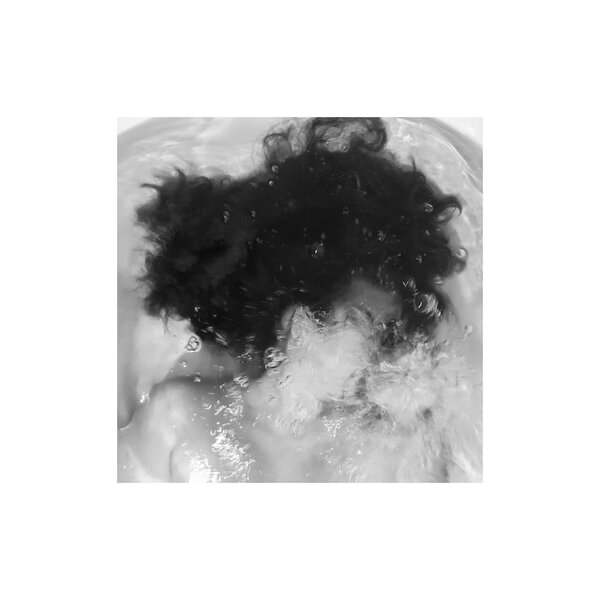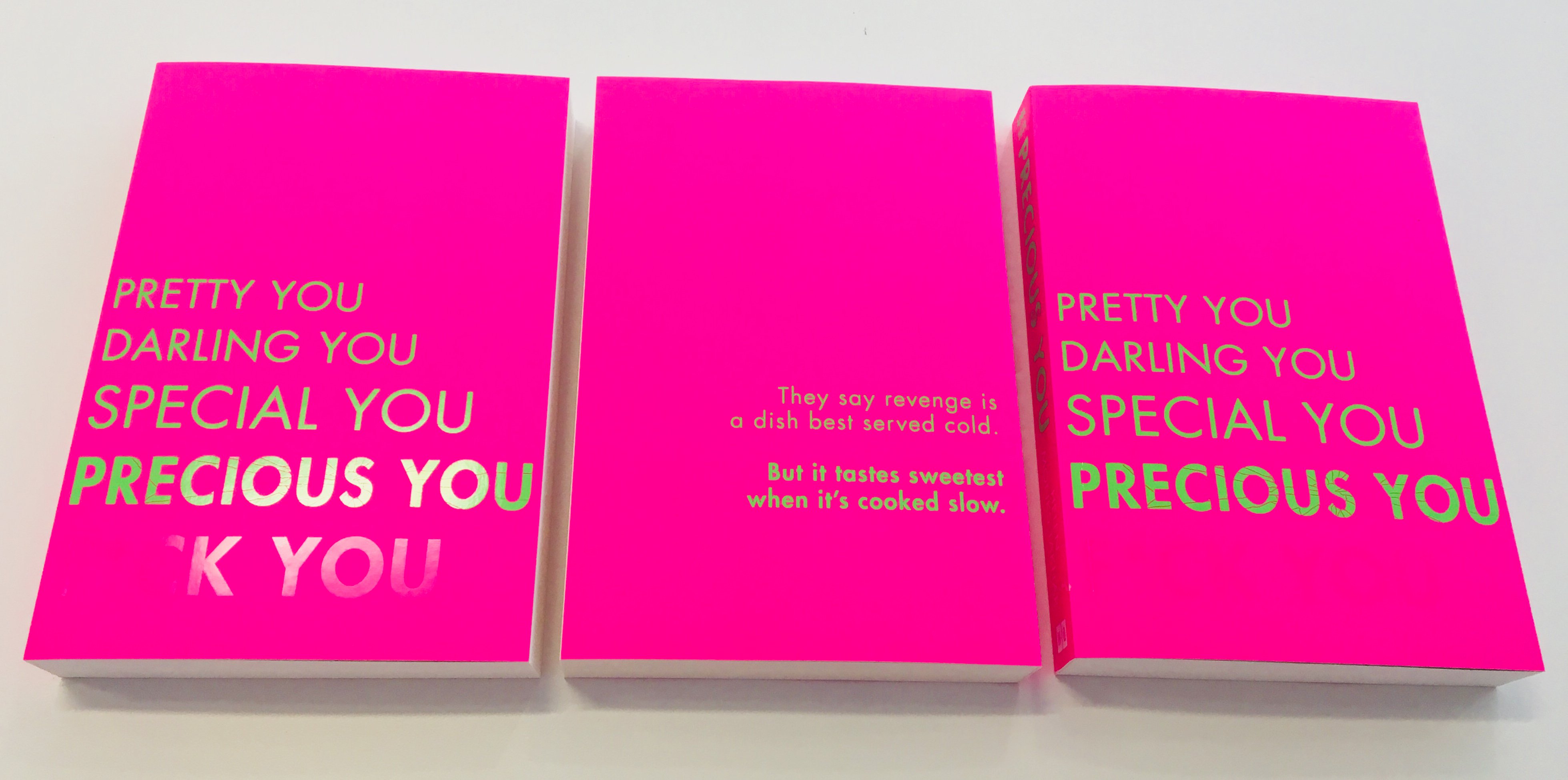As we hurtle towards 2021, I realise that it’s been eight months since I last saw a live opera and who knows when I will see one again. The serial incompetence of Boris and the clowns means that it will be well into next year before I can sit in an auditorium, a flask full of gin and tonic in hand, and wait with baited anticipation for the curtain to rise.
The pandemic has also brought into view the fault lines and fissures in a fractured society that need to be addressed before we can move forward. One of the uglier aspects of the coronavirus has been the growth of incipient racism which was exposed by the expansion of the Black Lives Matter movement after the murder of George Floyd. Somewhat lesser attention has been paid to the equally incipient rise in anti-East and South East Asian sentiment which has led to a verbal and, at times, violent racism. It has been fuelled by the many bigoted comments by Donald Trump in various speeches blaming the virus on China. It has trickled down to the idiots in the streets who think they have been given carte blanche to abuse anyone they see as different.
 As incidents increased and fear among the British E/SE Asian community grew, the Centre for Chinese Contemporary Art and Chinese Arts Now commissioned Jasmin Kent Rodgman to respond to the prejudice British E/SE Asian people are experiencing. Her response was to create an anti-racist Instagram opera, nineteen ways of looking. Released daily from November 17-27 on the social media site, Kent Rodgman collaborated with a variety of artists, photographers, dancers, librettists and poets to make a spirited and innovative work in the age of lockdown that addresses the concerns produced by the pandemic for her collective diasporic community. They include librettist Si’an Chen, producers Treacle Holasz and Maria Gray, photographer Ning Zhou, choreographer Si Rawlinson, singers Keith Pun and Hildur Berlin Arndal and dramaturg Jude Christian.
As incidents increased and fear among the British E/SE Asian community grew, the Centre for Chinese Contemporary Art and Chinese Arts Now commissioned Jasmin Kent Rodgman to respond to the prejudice British E/SE Asian people are experiencing. Her response was to create an anti-racist Instagram opera, nineteen ways of looking. Released daily from November 17-27 on the social media site, Kent Rodgman collaborated with a variety of artists, photographers, dancers, librettists and poets to make a spirited and innovative work in the age of lockdown that addresses the concerns produced by the pandemic for her collective diasporic community. They include librettist Si’an Chen, producers Treacle Holasz and Maria Gray, photographer Ning Zhou, choreographer Si Rawlinson, singers Keith Pun and Hildur Berlin Arndal and dramaturg Jude Christian.
Each daily square is a chapter in this important narrative that is semi-linear. Each one can be viewed separately or together as it unfolds in real time over the allotted ten days. Admittedly, I found the form difficult to follow or to give my full attention to every instalment, but as the days passed my attention grew and I began to follow and understand the narrative. It covered issues around representation, isolation and orientalism as seen by the E/SE Asian artists living and working in a divided and contentious society.
 I have been aware of many of the stories and tropes laid out with my engagement with the CFCCA over many years, and my interest in East and South East Asian cinema in particular, but nineteen ways of looking opened my eyes to the specific predicament that the pandemic has placed on the British E/SE Asian community and the abuse it has suffered. These cultural responses show the strength, diversity and creativity of that community in a media specific way as well as an innovative approach to make art in the age of lockdown.
I have been aware of many of the stories and tropes laid out with my engagement with the CFCCA over many years, and my interest in East and South East Asian cinema in particular, but nineteen ways of looking opened my eyes to the specific predicament that the pandemic has placed on the British E/SE Asian community and the abuse it has suffered. These cultural responses show the strength, diversity and creativity of that community in a media specific way as well as an innovative approach to make art in the age of lockdown.
Jasmin Kent Rodgman has produced an important work both in content and form. She hopes that the work can be viewed in concrete form next year but, in the meantime, it can still be accessed on Instagram at @nineteenwaysoflooking.
By Robert Hamilton, Opera Correspondent
















